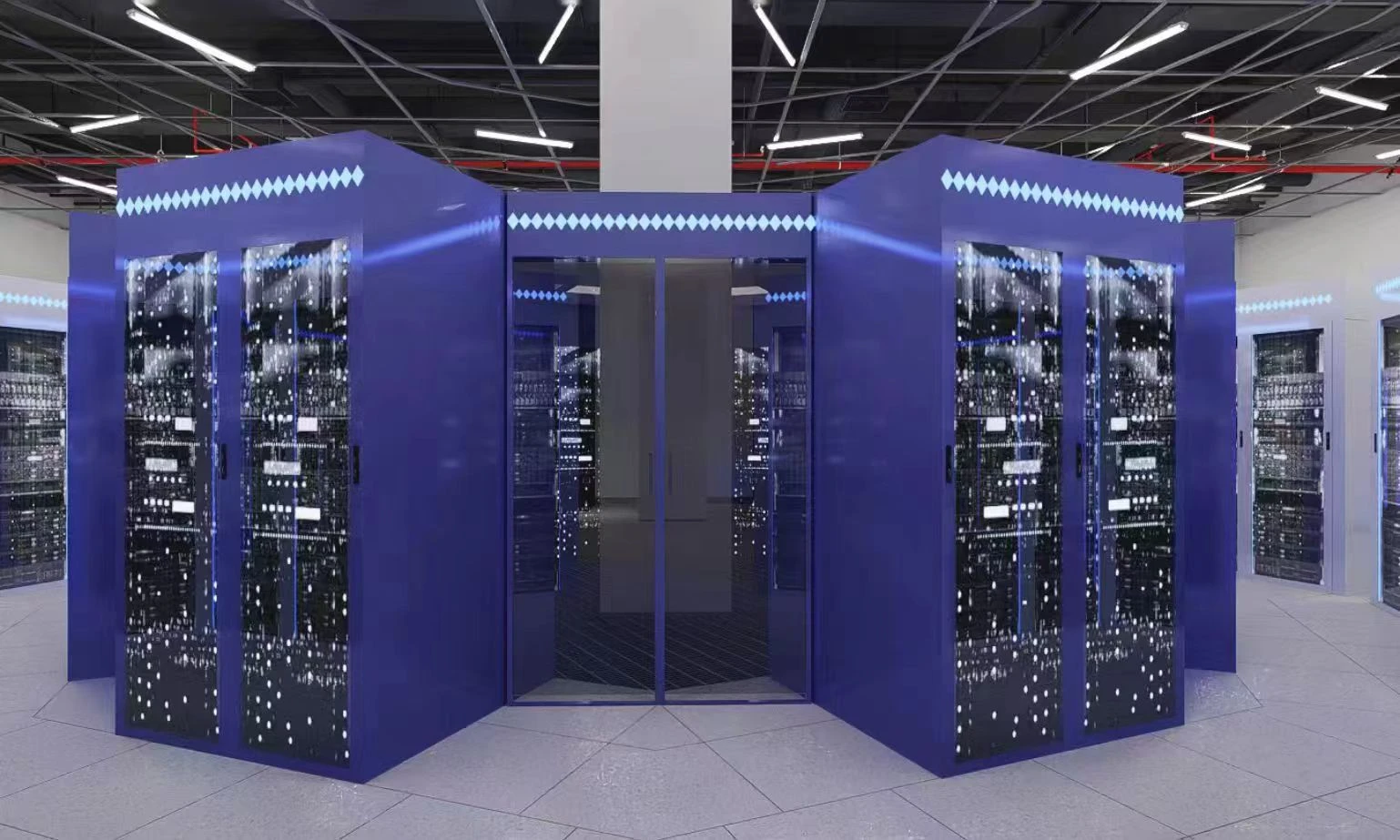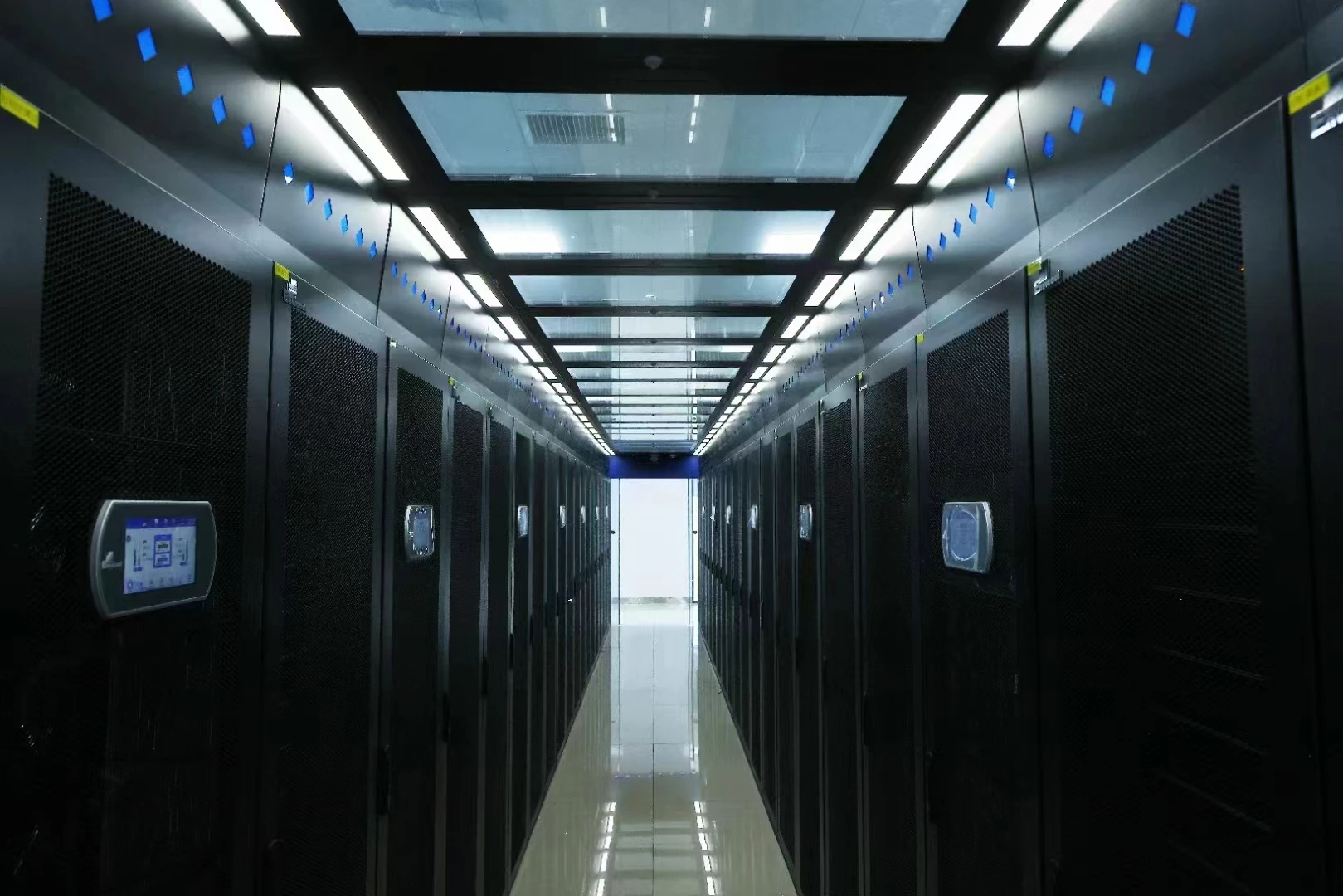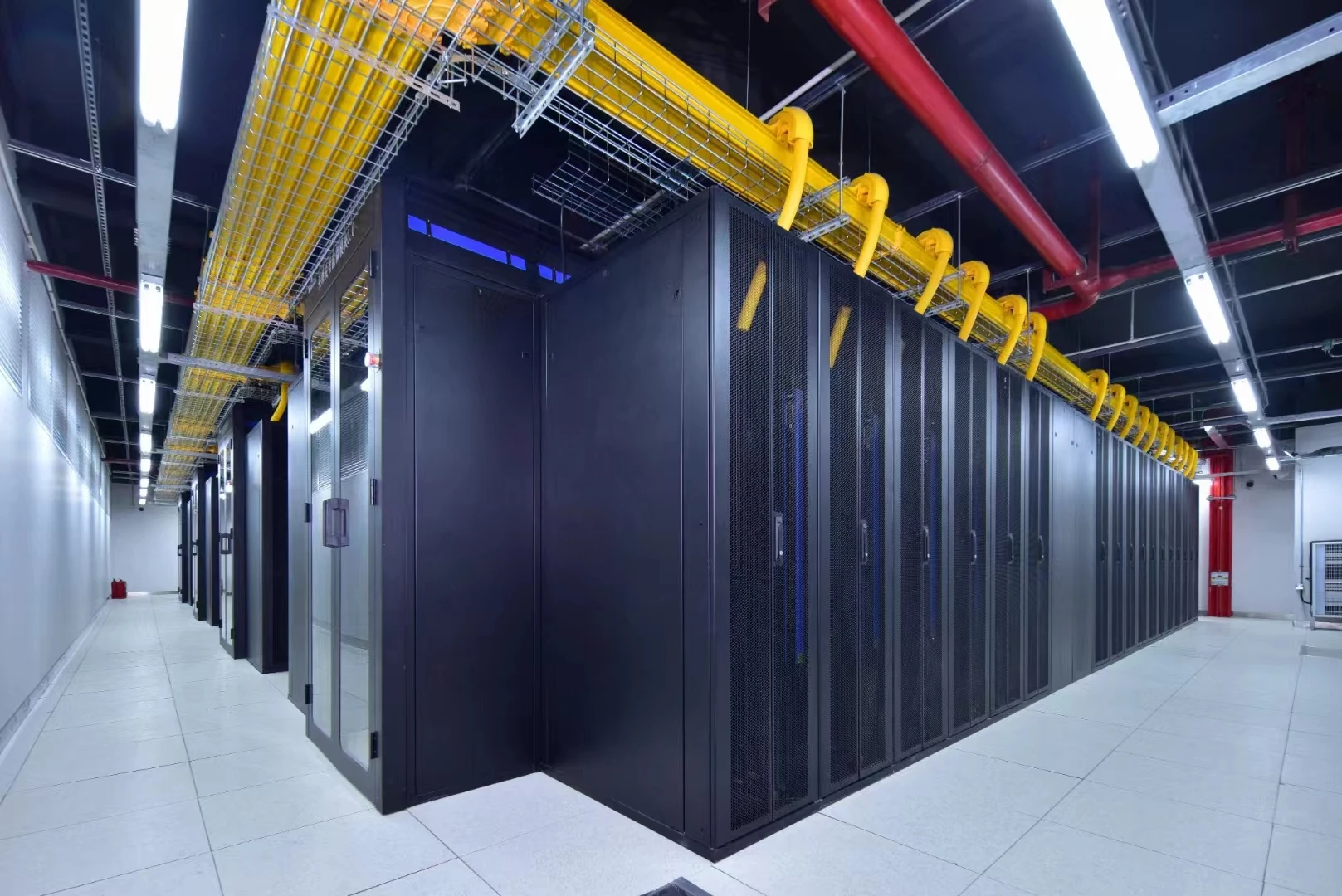
jul . 31, 2025 01:40 Back to list
AI Energy Management System w/ GPT-4 Turbo Efficiency
In today's digital era, optimizing energy usage for industrial, commercial, and mission-critical environments is vital. This article provides an in-depth look at the energy management system (EMS), explores related solutions such as energy control systems and energy monitoring and management system, and demonstrates their seamless application within advanced setups like the Micro module computer room.
From industry trends and technical parameters to a thorough process flow and hands-on application cases, our analysis is powered by data, real feedback, and authoritative references—so you can make data-driven decisions for your enterprise.
1. Industry Trends & Market Insights
Growth and Adoption of Energy Management Systems
- The global energy management system market is projected to reach USD 98.6 billion by 2030 (CAGR 13.4%, source: MarketsandMarkets).
- Over 60% of Fortune 1000 companies have implemented energy control systems to drive sustainability and cost optimization.
- Integration of AI, IoT, and big data analytics is revolutionizing energy monitoring and management system effectiveness, enabling savings of 15–28% in average utility costs.
- Sectors adopting quickest: Data Centers, Petrochemical, Metallurgy, Smart Buildings, Municipal Utilities.

2. Core Technical Parameters of Energy Management Systems
| Parameter | Typical Value | Remarks |
|---|---|---|
| Control Architecture | Distributed/Hybrid | Independent sub-systems for reliability |
| Data Acquisition Rate | 1–10 seconds | Supports real-time monitoring |
| Communication Protocols | Modbus, BACnet, OPC UA, SNMP | Standard integration capabilities |
| User Interface | Web, Mobile, SCADA, HMI | Accessible, user-friendly dashboards |
| AI/ML Capabilities | Supported (predictive analytics) | Load forecasting, anomaly detection |
| Certifications | ISO 50001, IEC 62443, ANSI C12 | Meets global standards |
Related Systems: Energy Control & Monitoring
- Energy control systems: Emphasis on automated switchgear, demand response, grid interaction.
- Energy monitoring and management system: Integrates granular sensors, remote management, and detailed analytics—producing actionable sustainability insights.

3. Micro Module Computer Room: Revolutionizing Energy Management
The Micro module computer room, available at ACDC BESS, is designed for next-generation data centers and high-performance computing environments. It leverages a robust energy management system for precision control, efficiency, and safety.
- Customized for: IT/Cloud Data Centers, Financial Services, Smart Manufacturing Lines, Oil & Gas, Mining, Power Generation, Municipal Utilities.
- Typical savings: Cuts total energy usage up to 27% compared to legacy setups.
- Materials: Aviation-grade alloy, corrosion-resistant steel, nano-ceramic coatings (anti-corrosion performance & lifecycle tested).
- Certifications: ISO 9001:2015, ISO 14001, ANSI/TIA-942, IEC 61439.
- Manufacturing process: Precision CNC machining, composite structural assembly, modular interlock engineering, automated factory testing.
- Lifecycle: 15+ years (validated under IEC accelerated aging protocols).
- Excellent suitability for petrochemical and metallurgical control rooms—high humidity, strong corrosive atmospheres.
- High ingress protection (up to IP55/65), meeting stringent EMC criteria per EN 61000-6-2/4.
- Plug-and-play modularity enables rollout in 30–50% less project time.
4. Process Flow: Energy Management System Manufacturing & Integration
Workflow Diagram & Key Manufacturing Steps
Selection of aerospace alloy steels, nanocoated panels, with ISO 9001:2015 supplier audit.
Automated milling, drilling, and shaping per custom blueprints. Tolerances < 0.02mm.
Modular frame build. 100% non-destructive flaw detection (ultrasound/X-ray as per ANSI/TIA-942).
Embedded energy management system modules, sensor arrays, and AI controllers (product link).
Multi-scenario simulation (IEC/ISO/EN test beds), power cycling, remote diagnostics validation.
Engineered for shock, vibration, and humidity resistance; eco-friendly, reusable packing.
5. Key Technical Indicators of Micro Module Computer Room
| Specification | Value | Industry Standard |
|---|---|---|
| Rack Power Density | Up to 50 kW/rack | ANSI/TIA-942, IEC 60297 |
| UPS System | Module 6–800 kVA | IEC 62040 |
| Energy Management | AI-enabled EMS, multi-protocol | ISO 50001 |
| Cooling Solution | In-row liquid/air (8000–60000 m³/h) | ASHRAE TC9.9 |
| Fire Suppression | FM200/NOVEC 1230 | NFPA 75/76 |
| Ingress Protection | IP55–IP65 | IEC 60529 |
| Monitoring Interface | Touch HMI, SNMP/BACnet, Web | ANSI/EIA-232 |
| Lifecycle | >15 years | IEC 60068 |

6. Visual Data Analysis: System Comparison
7. Competitive Vendor Comparison: Global EMS Providers
| Vendor | Core Solution | AI/ML Capability | Open Protocols | Warranty | Certifications |
|---|---|---|---|---|---|
| ACDC BESS (Micro Module Computer Room) |
Micro-module EMS + custom data center suite | Yes (Deep Learning Load Optimizer) | Modbus, SNMP, BACnet | 5–10 years | ISO 50001, TIA-942, IEC 61439 |
| Schneider Electric | EcoStruxure™ Power Monitoring Expert | Yes (Predictive Maintenance) | BACnet, OPC UA | 3–5 years | ISO 50001, IEC 62443 |
| Siemens | Desigo CC, Siveillance EMS | Yes (Building Digital Twin) | SNMP, Modbus, BACnet | 3 years | ISO 50001, BSI PAS 2060 |
| Honeywell | Enterprise Buildings Integrator (EBI) | Limited | Modbus, BACnet | 3–5 years | LEED, ISO 50001 |
8. Customized EMS Solutions & Typical Application Scenarios
Tailored Solutions for Industry
- Petrochemical Sites: Explosion-proof, corrosion-resistant modular rooms; high-availability power and redundant EMS nodes.
- Metallurgy: Heat-resistant enclosures; robust electrical distribution & energy monitoring and management system.
- Water Treatment: Waterproof, NEMA-rated structures; remote HMI & automated alerts for energy anomaly detection.
- Banking/Data Halls: AI load balancing, millisecond-level failover, ISO 50001-compliant reporting.
- Manufacturing: Lean automation, predictive maintenance alerts, and PUE optimization.
Case Study: Smart Manufacturing Park, Southeast Asia
- Challenge: High downtime risk due to fluctuating grid supply and thermal spikes.
- Solution: Micro module computer room with dual-source power entry, edge UPS chain (EMS-controlled), and rapid-cooling module.
- Results: 97% uptime maintained, 21% energy savings, improved environmental compliance (ISO 14001 audit certified).
Customer Feedback
– IT Director, Intl. Logistics Group
9. Delivery, Warranty & Customer Service
- Delivery period: 3–6 weeks typical for custom systems (expedited delivery available for urgent projects).
- Warranty: 5–10 years (extendable); includes comprehensive hardware and software coverage; performance SLA available.
- Support: 24/7 remote diagnostics; on-site engineer deployment (72 hours global SLA); ISO 9001-aligned process tracking.
- Training: On-site and online, system operation, energy data analytics, and emergency response modules.
- Certifications: All solutions meet or exceed ISO 50001, TIA-942, IEC 61439, and ANSI C12 global standards.
10. Product FAQ: Technical Terms & Professional Answers
11. Why Choose Micro Module Computer Room for Advanced EMS Applications?
- Precision: Real-time power, environmental, and safety monitoring throughout the infrastructure.
- Resilience: Fully redundant, modularized, and tested systems guarantee >99.99% uptime.
- Standardization: Complies with all current ISO, ANSI, IEC, and local safety codes.
- Energy Efficiency: Achieves market-leading PUE (as low as 1.13), saving up to 40% energy vs. legacy rooms.
- Rapid ROI: Shortest deployment time and lowest long-term TCO per third-party audits.
12. Authoritative References & Further Reading
– Source: Data Center Knowledge Journal
-
AI-Powered EMS with GPT-4-Turbo | Efficiency Boost
NewsAug.01,2025
-
Optimized Storage System for GPT-4-Turbo | High Performance
NewsJul.31,2025
-
AI Energy Management System w/ GPT-4 Turbo Efficiency
NewsJul.31,2025
-
High-Performance Energy Storage System for Reliable Power Solutions
NewsJul.30,2025
-
Advanced EMS Solutions for Energy Management System & Storage Battery Companies
NewsJul.29,2025
-
Intelligent Energy Management for Homes - Efficient Storage Solutions
NewsJul.29,2025























